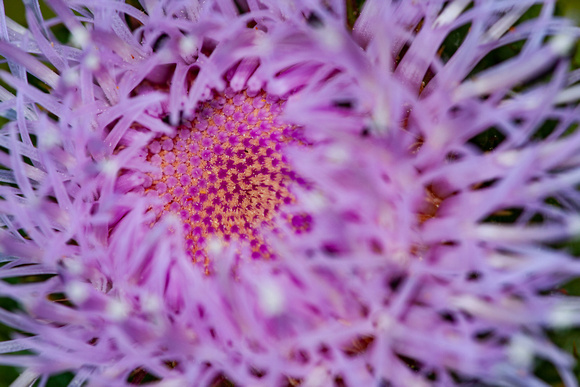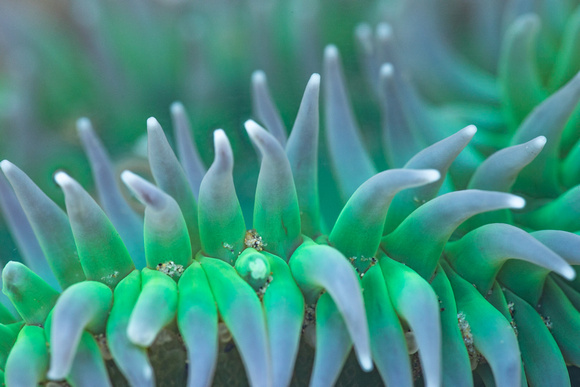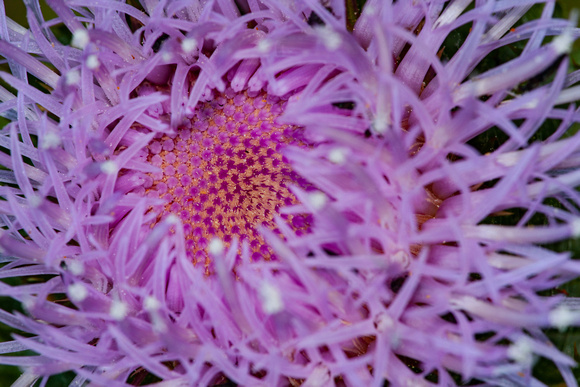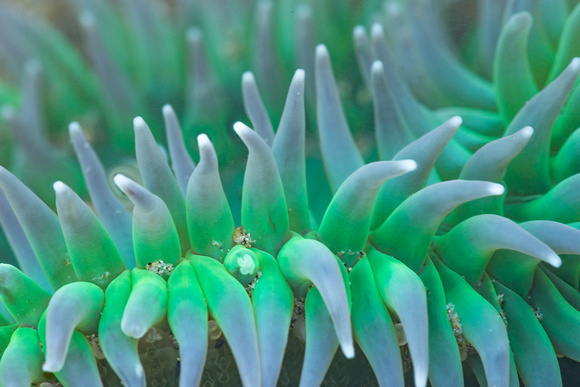Aperture: the basics
Aperture: The basics
Text and photos by Heather Cline
There are three basic functions on your camera that provide you greater control over the images you create: ISO, Shutter Speed, and Aperture. This article will provide an overview of what aperture is, how to control it in your camera, and how this impacts the final image.
  Virgin River, Zion National Park (shot at f/32)
Virgin River, Zion National Park (shot at f/32) |
What is Aperture?
Aperture can be thought of as a window that lets light into your lens. While the mechanics of the camera that allow this to happen is complex, the concept is pretty straightforward. The aperture in the camera can open and close based on the setting selected. If we pretend this window has curtains, you can adjust the window (aperture) to let more or less light reach the camera sensor.
Aperture serves a couple different functions: First, because it controls the amount of light coming into the camera, it allows the photographer to choose an aperture that corresponds with the shutter speed and ISO to achieve a correct exposure, which is necessary to produce technical excellence in your photography. If you are interested in learning more about shutter speed, check out my post: Introduction to Shutter Speed. Second, it controls the depth of field. Depth of field is the level of sharpness in front of and behind the plane of focus. This is all about creativity and the reason it is important to understand how this works is because you can then control the creative output.
This is an oversimplification, but you generally want deep depth of field for images where you need everything in focus, like a landscape photo. In contrast, you want shallow depth of field when you need to blur out the background or surroundings, like a wildlife portrait.
  Fox (model) Sandstone Minnesota (shot at f/8)
Fox (model) Sandstone Minnesota (shot at f/8) |
Camera Settings
The aperture is represented in numbers, also called f-stops. It seems counterintuitive, but the larger the number, the smaller the f-stop (aperture/window) and the smaller the number, the larger the f-stop (aperture/window). Every lens has a limit for the minimum and maximum apertures it supports.
Here are some examples of f/stops:
- f/1.4
- f/2.8
- f/4
- f/5.6
- f/8
- f/11
- f/16
Quick tip: lenses with very large apertures, like f/1.4 are often referred to as fast lenses because the "window" can be opened super wide, letting in a lot of light which allows you to shoot at faster shutter speeds. These are extremely desirable lenses for wildlife photography and they also tend to be the most expensive.
  Butterfly, Niagara Falls, New York (shot at f/3.5)
Butterfly, Niagara Falls, New York (shot at f/3.5) |
Examples
I am a visual person. No matter how well someone describes a concept, it will almost always resonate more if I can see a tangible example. So - I thought I'd include some visual examples of varying degrees of apertures using the same subject here.
| Aperture / F-Stop | Photo: Sea Anemone | Photo: California Thistle |
| f/3.5 |
 
|
|
| f/5 |
 
|
 
|
| f/8 |  
|
|
| f/11 |
 
|
 
|
| f/16 |
 
|
 
|
| f/32 |
 
|
I hope this article has provided valuable information on what aperture is, and how to use it to improve your photos.